|
Famous Illustrators of the Golden Age Coloring Portfolio: American Edition 1898-1927 40 single-sided coloring pages inspired by classic paintings from the Golden Age of Illustration. $9.99 at Amazon & Barnes & Noble $7.99 at IngramSpark This coloring book is a project I have wanted to do for many years, given my respect for these early illustrators of the Golden Age. Not only were these illustrators amazing artists, they were also fascinating people. That's why I researched and included biographies for all of them. I want people to be inspired and say, "Wow! I really like these illustrations by Maxfield Parrish. I need to see more of his art and read more about him." This book is for adult coloring book enthusiasts and art appreciators as well as young adults. For me, the book is more than just line art reproductions of classic paintings. I wanted to artistically interpret these 40 illustrations into richly-detailed coloring pages, while at the same time making them look as though the the line art came from my hand---much in the same way the final colored pages will look as though they came from your hand. Here's a PDF color reference guide for each page, for those of you who want to see the original paintings. Below is a flip-through look at the book. This beautifully detailed coloring book features 40 single-sided coloring pages inspired by classic paintings from the Golden Age of Illustration. The artwork ranges from simple to complex with multiple themes including: fantasy, romance, adventure, portraiture, historical, and advertising. Plus an introduction to the Golden Age of Illustration with biographies that tell the stories of these amazing illustrators.
The Golden Age of Illustration is a period in time in America from the 1880s–1920s when paintings and drawings adorned the covers of magazines and appeared on posters and advertisements. These illustrations were created by highly talented artists, many in their youth and just starting careers in art. Many of these illustrators became household names and lived lifestyles of fame and fortune not dissimilar to modern day movie or music stars. It was an exciting and imaginative time in history with influences that are felt to this day. So, peel back your crayons, sharpen your colored pencils, and take a journey back to the Golden Age of Illustration to create your own timeless masterpieces! Coloring page adaptions from artwork by:
0 Comments
“Mail me a postcard when you get there!” I remember saying that a few times. I remember hearing that even more times! Today, the postcard is a fading artifact of the past. You can still find them in souvenir stands, but like the buffalo that once roamed the plains, they are a dying breed. The better ones, the funnier ones were saved and cherished. Most of the time they were never mailed. They were bought, tossed in a suitcase, and brought home. A few of the cards you see here are from my family’s collection. My parents, grandparents… they saved these, as did many other people. Some of the most frequently-saved postcards came from one man – Bob Petley “The Cowboy Cartoonist,” “The King of Postcards,” the man who put the jackalope in your mailbox. Bob Petey began his artistic career as a layout artist for the Arizona Republic and Gazette newspapers and worked for them for three years. There, he decided to advertise his own novelty cards, “Petley’s Laff-Line.” These ads eventually led to him becoming the king of tourist and novelty postcards. In 1943 he started Petley Studios, Inc. in Arizona, which by 1979 became the nation’s largest publisher and distributor of scenic color postcards selling over 40 million cards a year. According to Petley, “I started with the cartoon because it was the simplest way to get into the business.” Of all his drawings, he claimed his favorite was “Howdy from the Middle of Nowhere,” depicting a thirsty donkey and a hungry vulture. Often this card, an ones like it, were custom printed with the names of local towns on the fronts or backs. Along with a large line of cartoon postcards, Petley had an even larger line of photo postcards. He purchased a camera, traveled the highways in a station wagon and later a Lincoln Continental. These large cars allowed him to not only carry his photographic equipment, but to serve double duty as a traveling showroom. He removed the back seats and replaced them with racks of postcards, stopping along his way to sell his products to souvenir stands. He began taking scenic photos, portraits of native Americans, and tourist attractions, then moved on to staged comic photos which were similar in humor to his cartoon cards. One example of these is of four burros with the printed caption – “Board of Directors.” It’s also interesting to note that Barry Goldwater, the former Arizona State Senator, taught him how to use his first camera. Goldwater was also the photographer for many of the Native American postcards published by Petley Studios. Not all of Petley’s photo postcards are his. He purchased about 50% of the images from other photographers. If you see a roadrunner card, he didn’t take it! He said tourists liked to buy photos of sunsets and roadrunners. He said that men were most likely to buy his novelty cards and mostly women to buy his scenic cards. More often, tourists mailed the sunset cards to friends and family while they brought home the novelty cards, stashed them away in a drawer, and brought them out for the adults to enjoy on special occasions. There is very little difference in the visuals and messages of these vintage postcards and the modern day social media memes. You can hold a postcard in your hand. You can treasure it for years as a family memento. But, I doubt the same will ever be said of a digital meme. But in either case, the humor is practically identical and people send them to each other expecting laughs. Big laughs! Many of these illustrated novelty cards were considered tacky and intensionally so! Today they may be viewed as offensive or in bad taste. This is the risk that topical humor takes. These are not issues isolated to the past and over time, what was once acceptable humor may be considered insensitive, or at the least their meanings misinterpreted. I have seen my share of political and social change over the years. All one has to do is log onto social media to see that this type of humor has not gone away. It’s important to acknowledge the time and place in which something was created.
Petley’s most famous photo postcard featuring a jackalope was not his original creation. He had purchased a stuffed jackalope in a Phoenix novelty store and photographed it to appear as a giant among the Papago Buttes, thus creating one of the world’s most famous postcards. The modern jackalope originated in Wyoming in the 1930s. The creation of Douglas Herrick and his brother, both hunters with taxidermy skills, popularized the American jackalope by grafting deer antlers onto jackrabbit carcasses. Animal hybrids are nothing new. The concept of horned rabbits has been around for centuries dating back to Medieval and Renaissance folklore. Sadly, some of these “legends” may have arisen from sightings of rabbits afflicted with the Shope papilloma virus, first described in 1933 by Dr. Richard E. Shope, M.D. He noted that some rabbits he was studying in Iowa and Kansas had...
Like many mythological creatures, origins are often based on reality and eventually through scientific study, “magical monsters” become explainable. 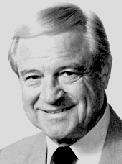 Bob Petley was born on November 11, 1912 in Akron, Ohio. He passed away on July 7th 2006. Marketing and sales seemed to be in his blood. Between 1937 and 1943, he sold candy for the Life Savers Company, sold shirts for Cluett-Peabody Co., and worked for Fisher Body Division, illustrating repair procedures for the B-29 Bomber. In 1984, Petley sold his postcard business to Southwester, Inc., a seller of souvenirs. In the late 1990s, while taking photos of tourists in old Scottsdale, he lost his footing and fell backwards. The accident forced him into a nursing home where he lived out the remaining years of his life. Sources
Albuquerque Journal; June 23, 1974 Arizona Daily Sun; December 9, 1979 Arizona Republic; April 22,1986 Arizona Republic; March 18, 2001 The Arizona Republic; July 11, 2006 Arizona Republic; July 17, 2006 The Greenville News; April 22, 2001 The New Mexican Sun; August 3, 1986 en.wikipedia.org/wiki/Jackalope 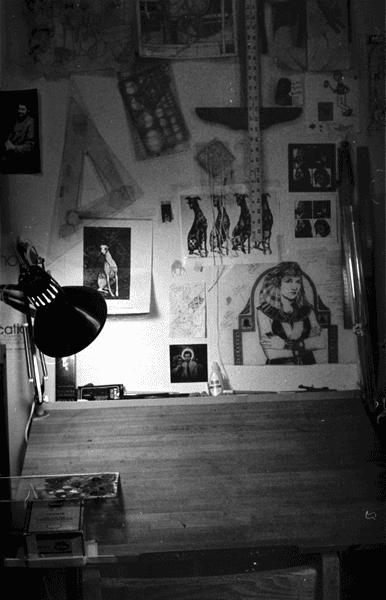 Joe Lacey at his college drafting table. Joe Lacey at his college drafting table. Time to step back in time... I was playing Brain Salad Surgery by ELP the other day. I thought it would be fun to take a selfie with the cover over half my face. I posted it to social media and of course received many accolades, primarily in the form of "ELP ROCKS!". But, it was really a lot more to me than just a fun selfie. The cover art* with its gatefold opening is very famous and I don't need to go into any great detail about the amazing artist H.R. Giger, best known for his concept designs for the original Alien movie, nor am I in anyway comparing myself to him. He was and always will be in a class all his own. Four months before starting college as a freshman, I had undergone major facial reconstructive surgery. My jaw was broken, my chin pretty much removed and reshaped. To this day, I am quite conscious of this experience and have some regrets about it. It all came out well, but it was not without issues that persist to this day. I used to cover my face with my hand a lot when I was young. Here's a photo of me at my college drafting table. Ahh... the days of hand inking. One of the first assignments for an Introductory Illustration class was to do a self portrait. It's a typical assignment, one I see a lot of. I think it may be a way for the teacher to get a fast glimpse into the mind of the student. I don't recall the exact details of the assignment, we may have had to incorporate some sort of personal element into the portrait. I went out and found an old lawn mower engine and lugged it back to my room. That's where most of the shapes in my self portrait came from. It's a small 8" x 10" acrylic painting. All monochrome. It was one of my first paintings and, despite its naïve approach, it has held up over time and I don't mind seeing it (unlike a lot of other earlier works of mine). 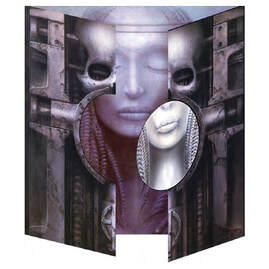 "Brain Salad Surgery" "Brain Salad Surgery" Throughout college I continued exploring mechanical and cubistic interpretations of faces and things for my fine art painting classes. Some of them quite large and typically of friends and other art students. Today, it's pretty obvious why I did this. But at the time I didn't really give it any more thought than "this would be an interesting thing to draw". I always thought I would continue this type of art, but the next thing you know, I'm illustrating for kids! That's another story. Most of these paintings and drawings are gone now, a few sold, a couple commissioned, and most given away (if anyone reading this has one of my paintings, send me a photo, I'd love to see it! — and no, I don't want it back.), but most of them were destroyed. A couple that survived are more commercial illustrations — a pencil drawing of "Madona and Lizards" and "Good News" (an acrylic painting of George Harrison). I would have benefited from doing more research into mechanical parts, looking at Giger paintings, etc. — but, I tend to put my reference away and make things my own for good or for bad. So, here they are. A few very old paintings from college days. I'm considering doing a new updated version of this self portrait. My painting has gotten a lot better since college. Maybe even the George Harrison painting? Quite a few of the ideas I had in college were good, I just had trouble pulling them off. I've always said and firmly believe that it's the idea that matters, not how slick something is rendered. Time to get painting. Welcome back my friends to the show that never ends! * The ELP cover art by H.R. Giger was stolen at an exhibit in 2005 and is still missing. |
BOOKS
by Joe Lacey 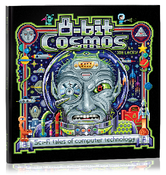
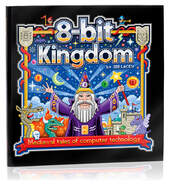
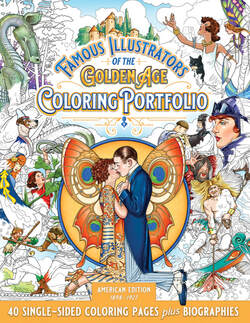
Categories
All
IllustratorsLinksArchives
May 2023
|
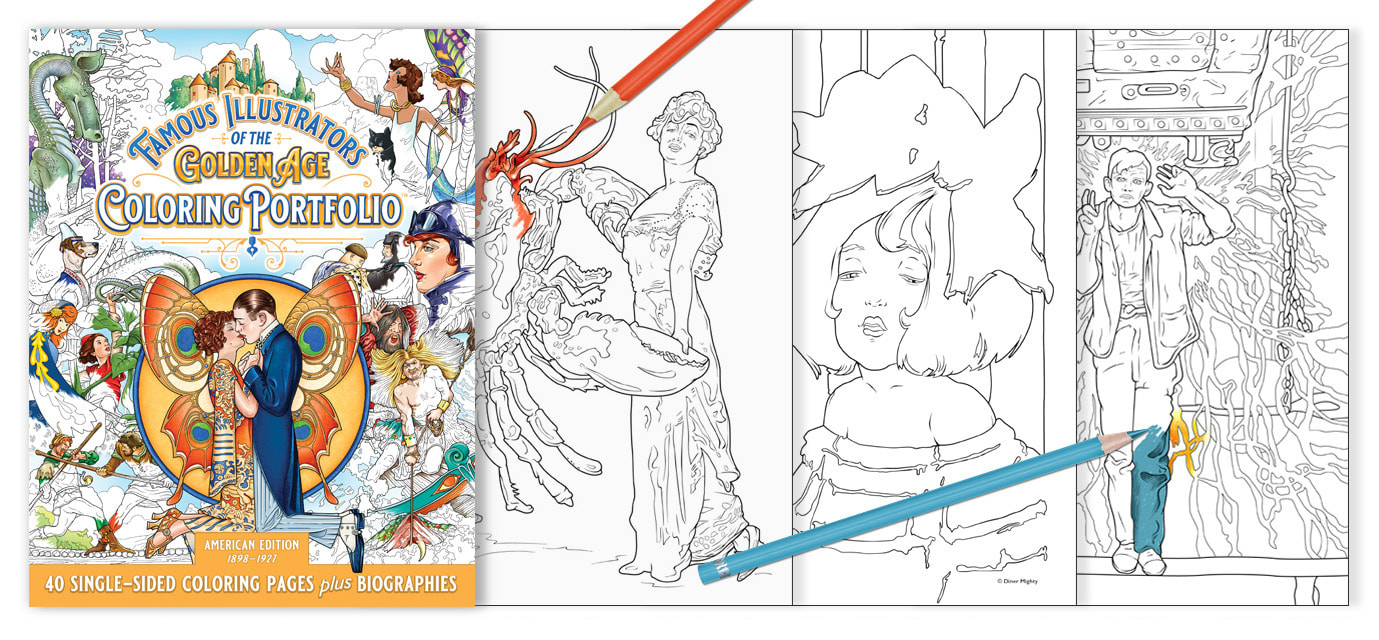
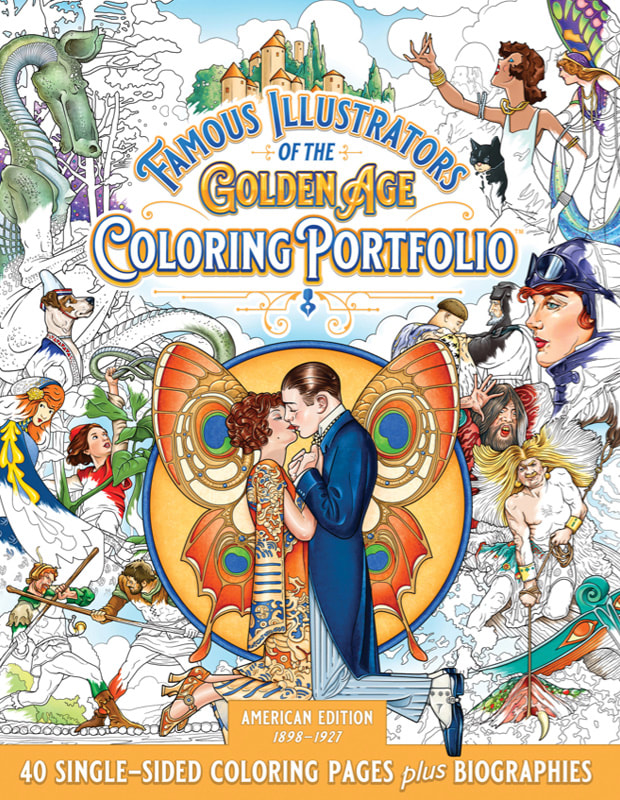
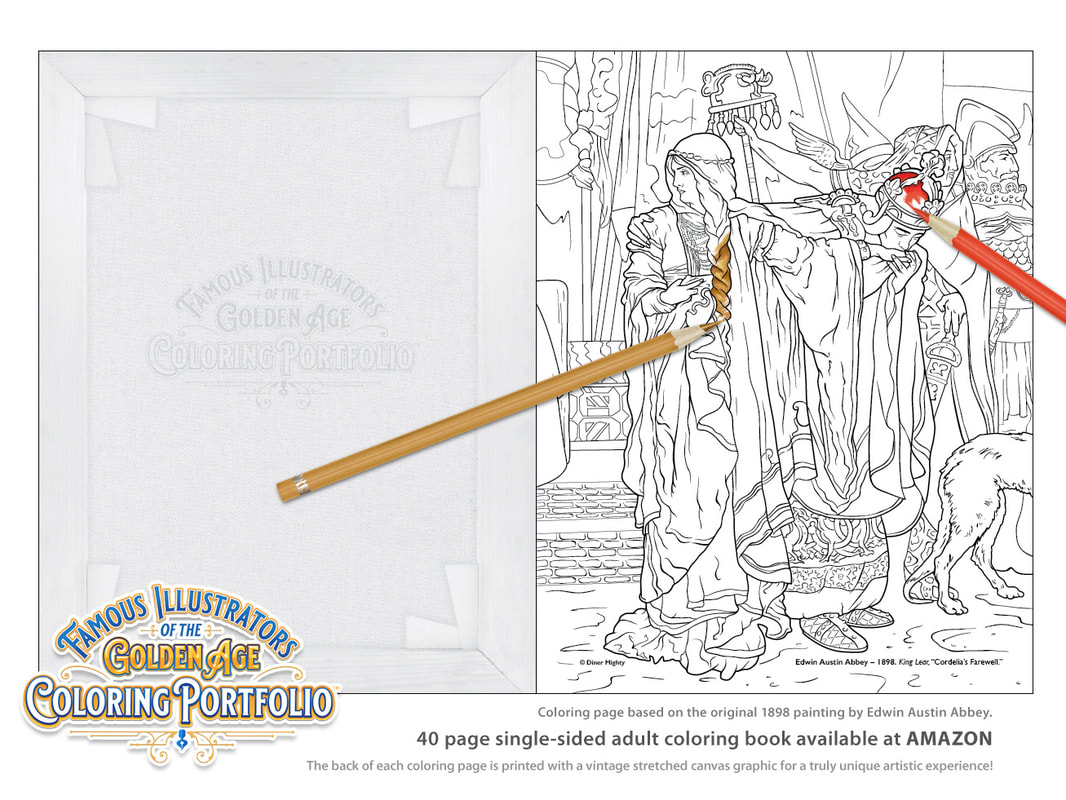
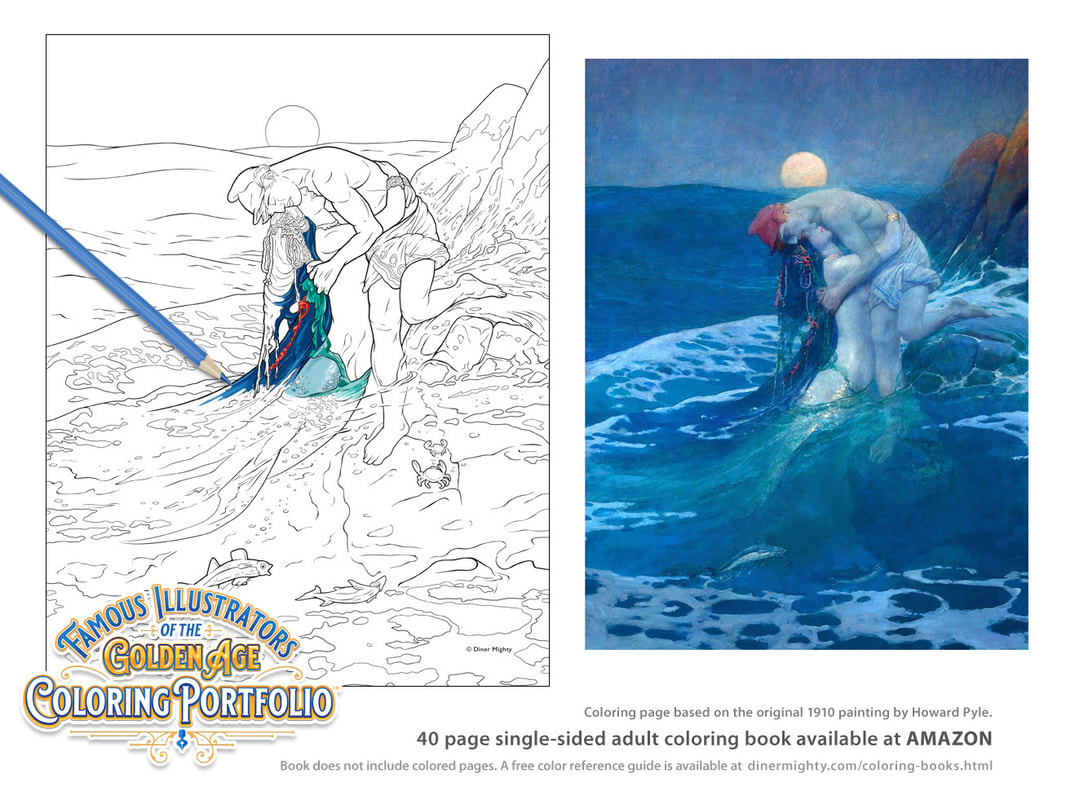
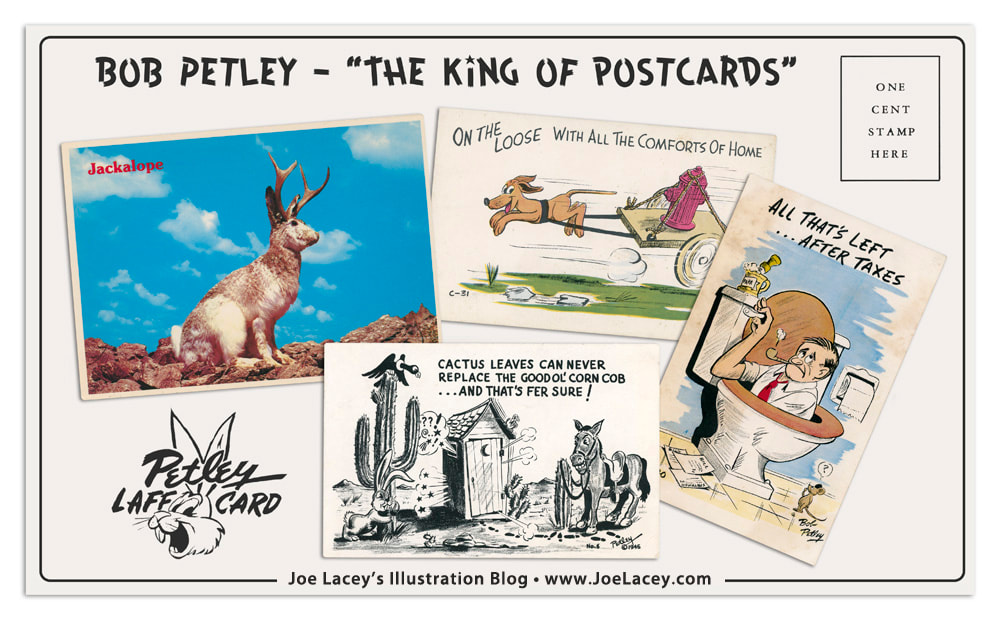
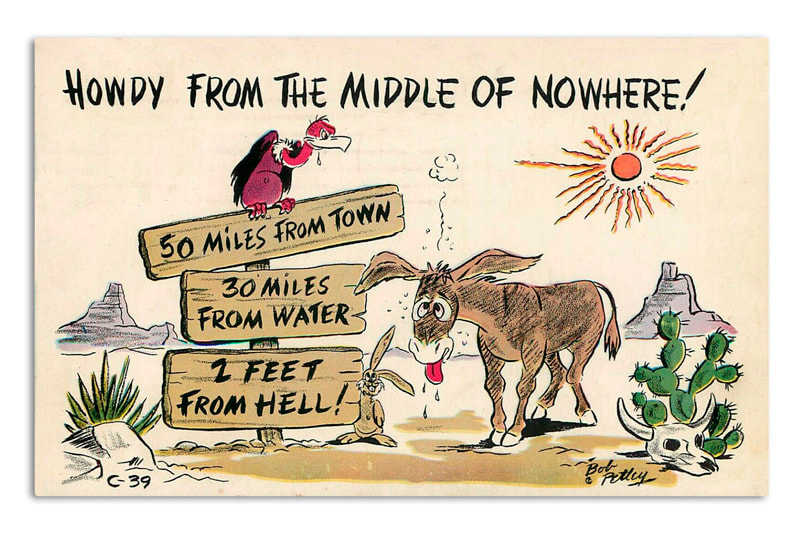
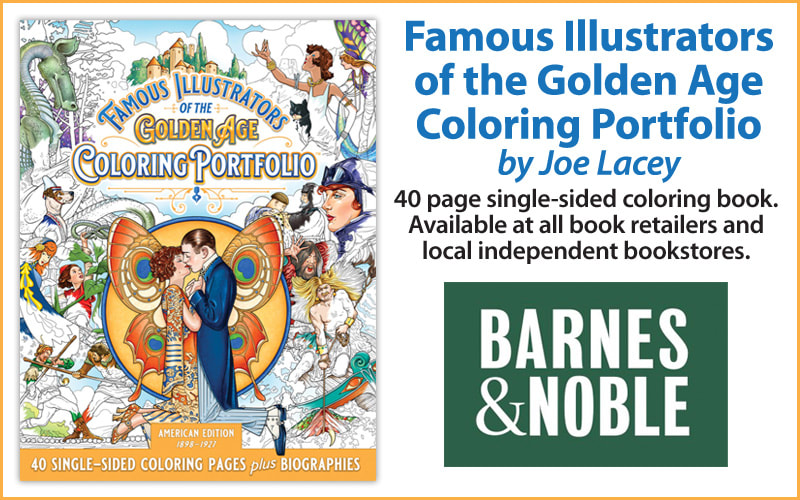
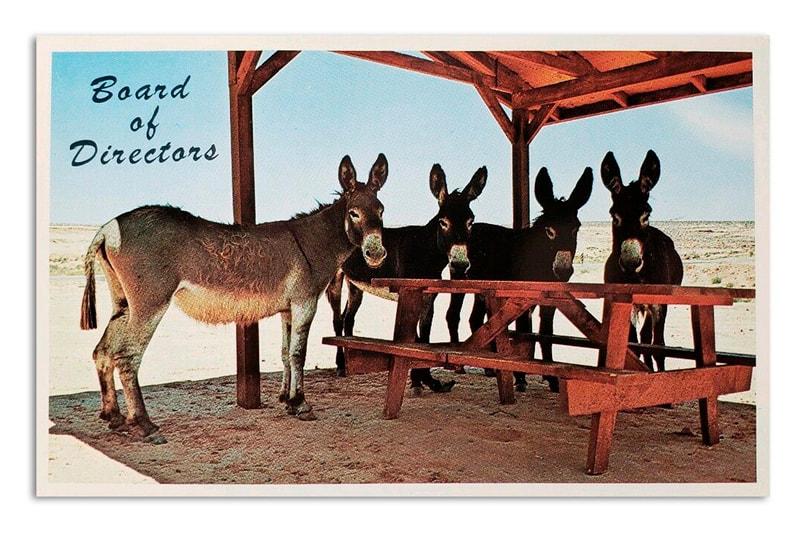
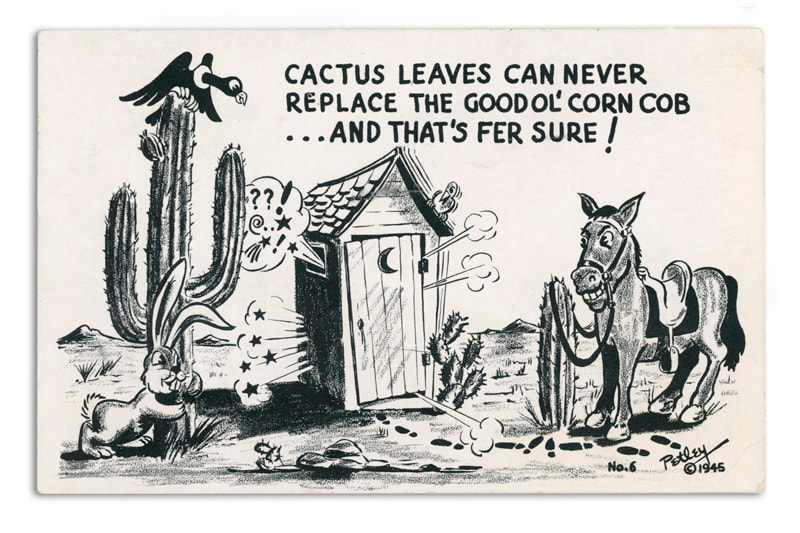
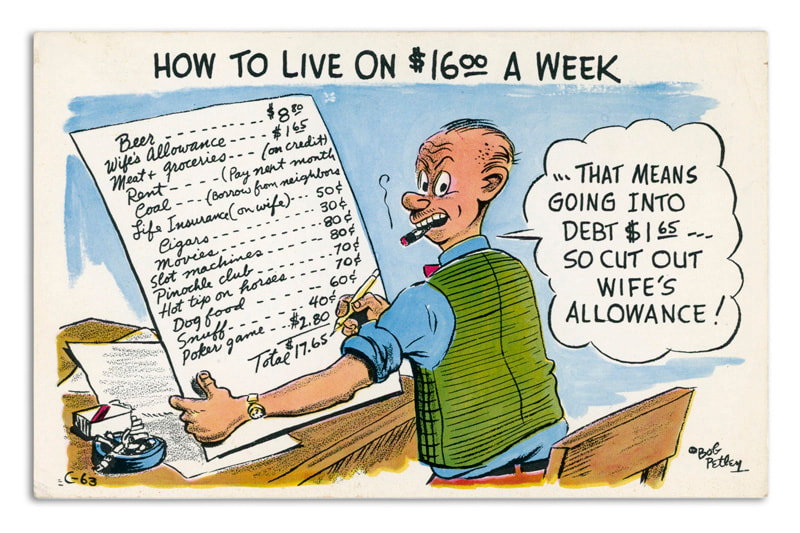

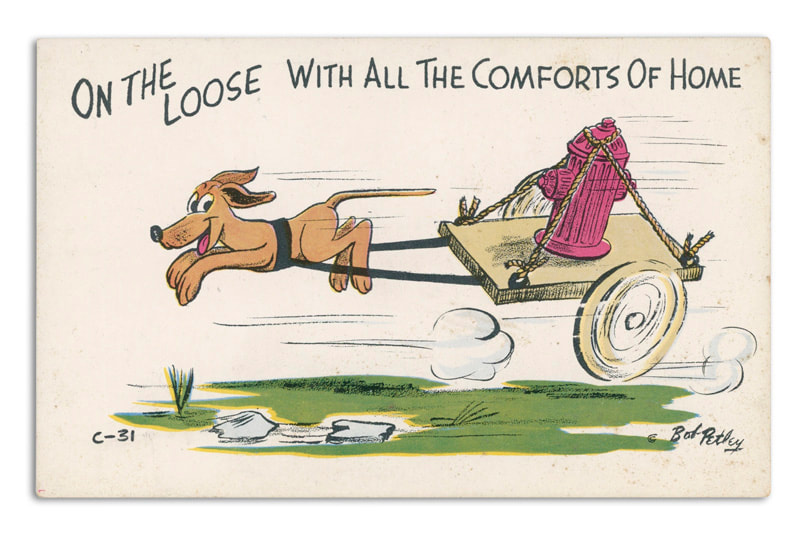
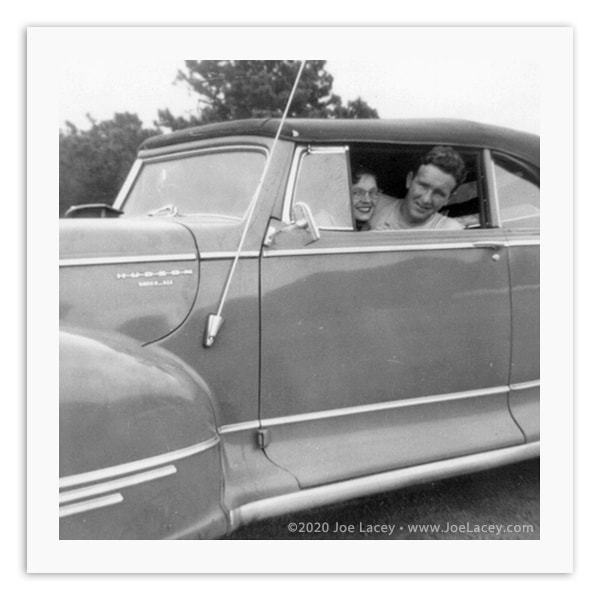
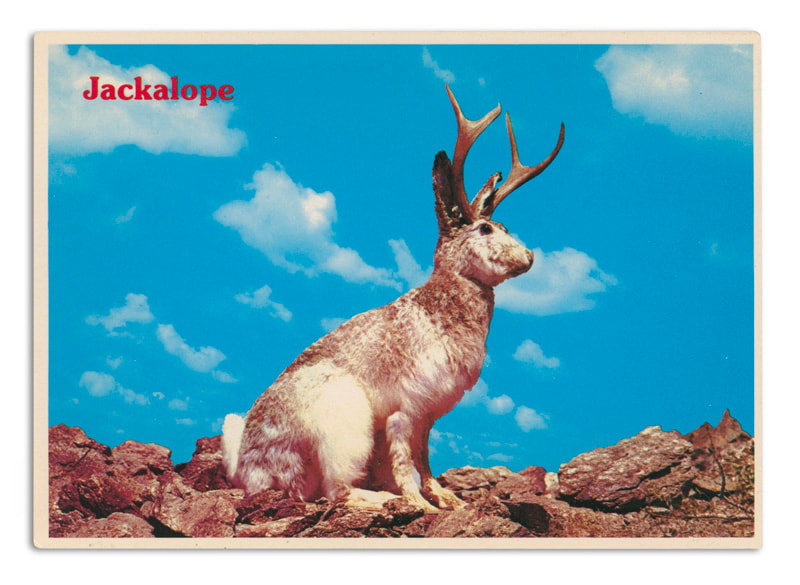
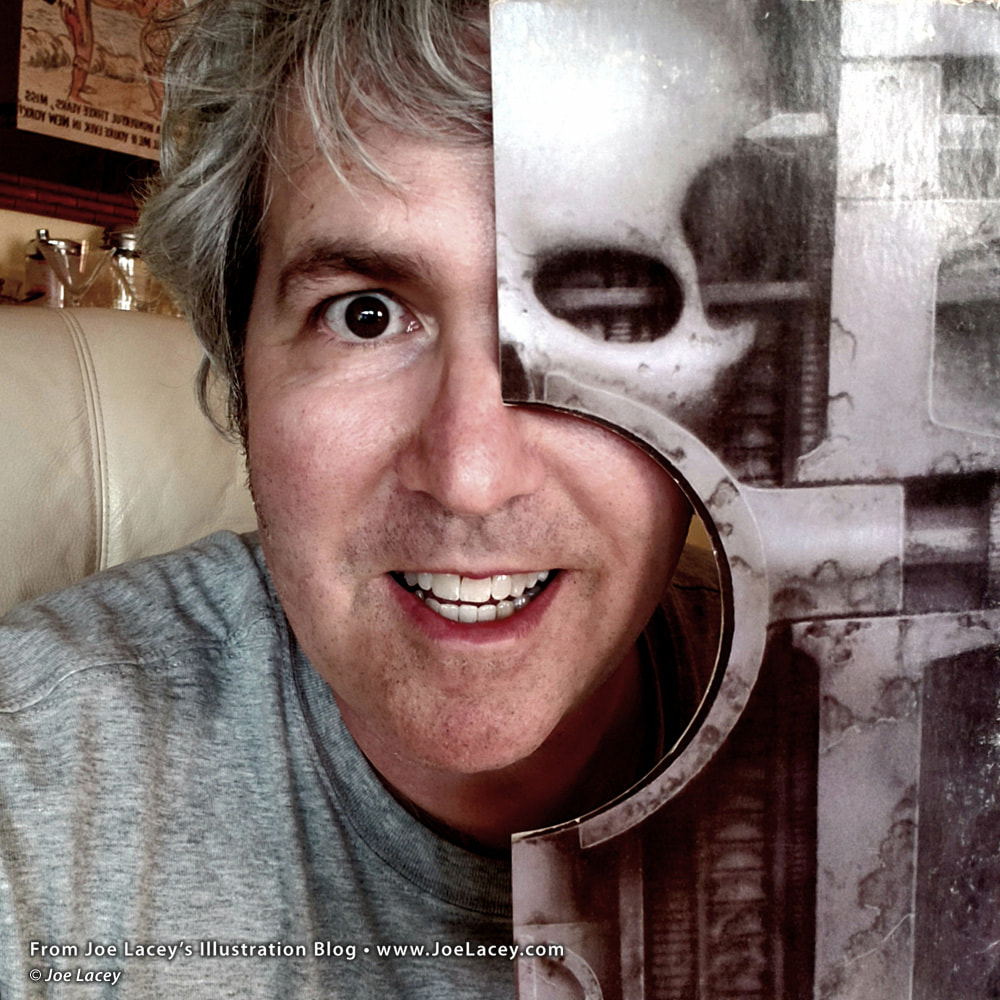
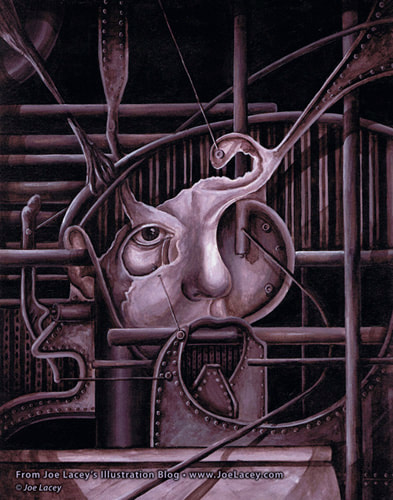
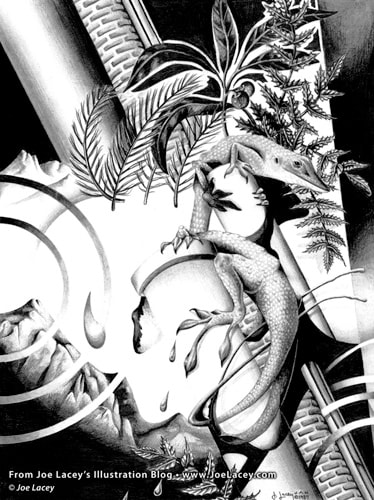
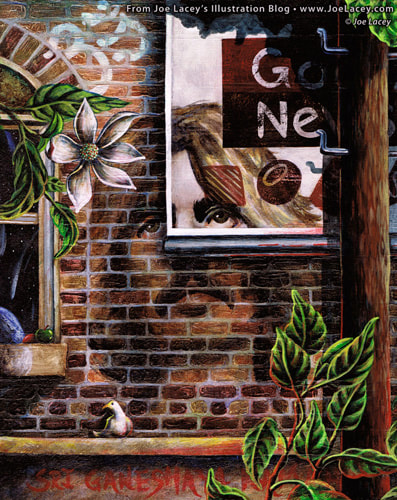
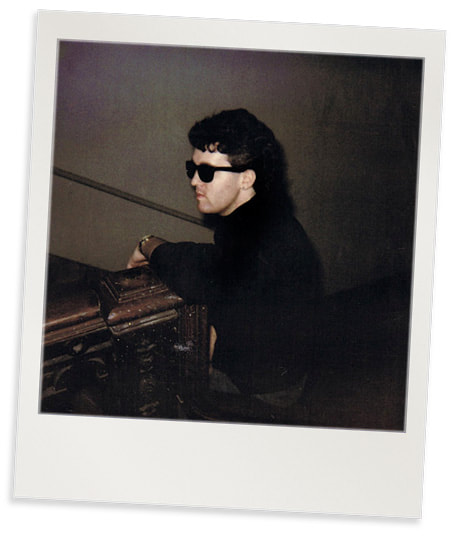
 RSS Feed
RSS Feed